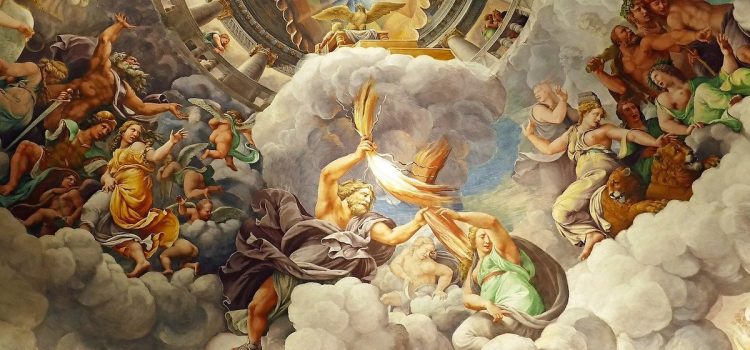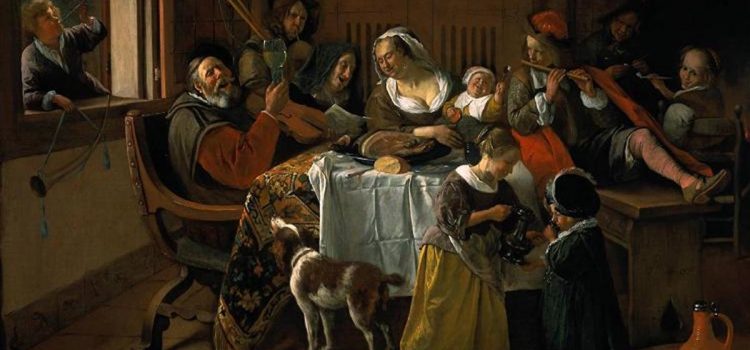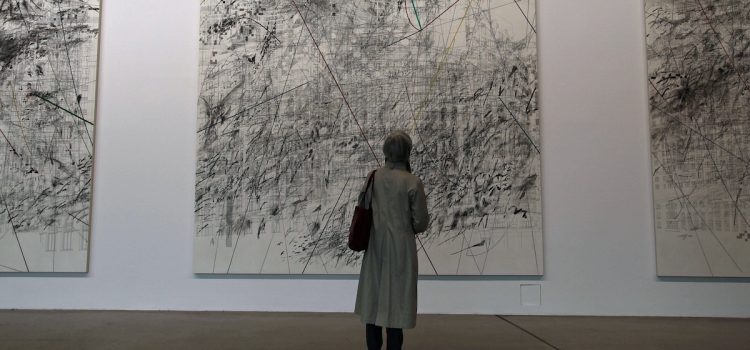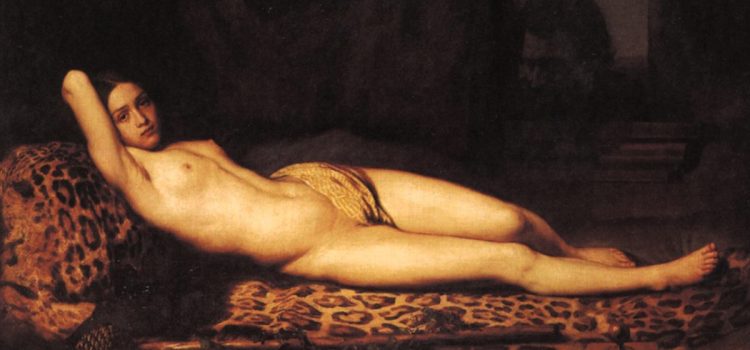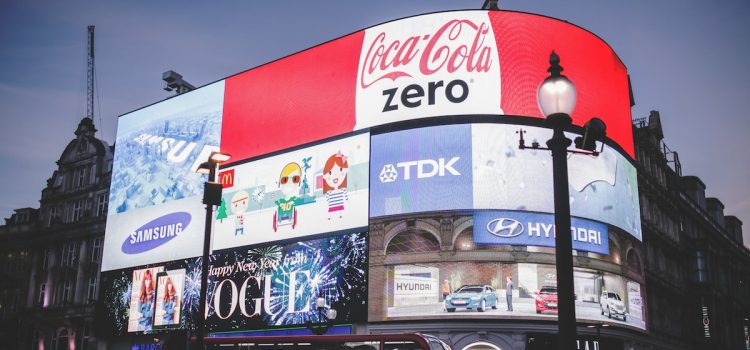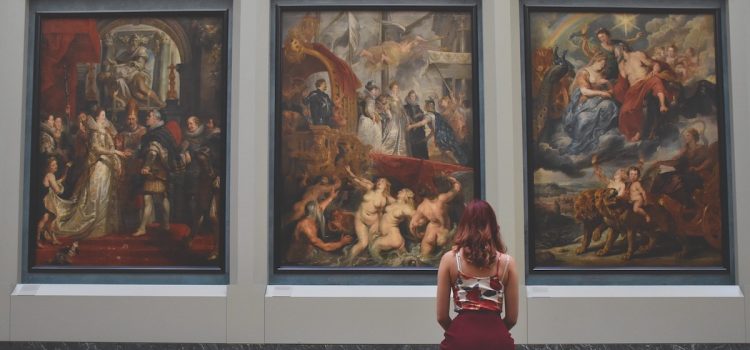What is John Berger’s Ways of Seeing about? What is the key message to take away from the book? In his book Ways of Seeing, John Berger argues that, throughout history, the way we see art has been manipulated by a privileged minority to preserve their social and economic dominance. Berger’s premise is that the dominant class has always used art and art criticism to “mystify” the working class. Here’s a brief overview of Ways of Seeing by John Berger.
John Berger’s Ways of Seeing: Book Review


